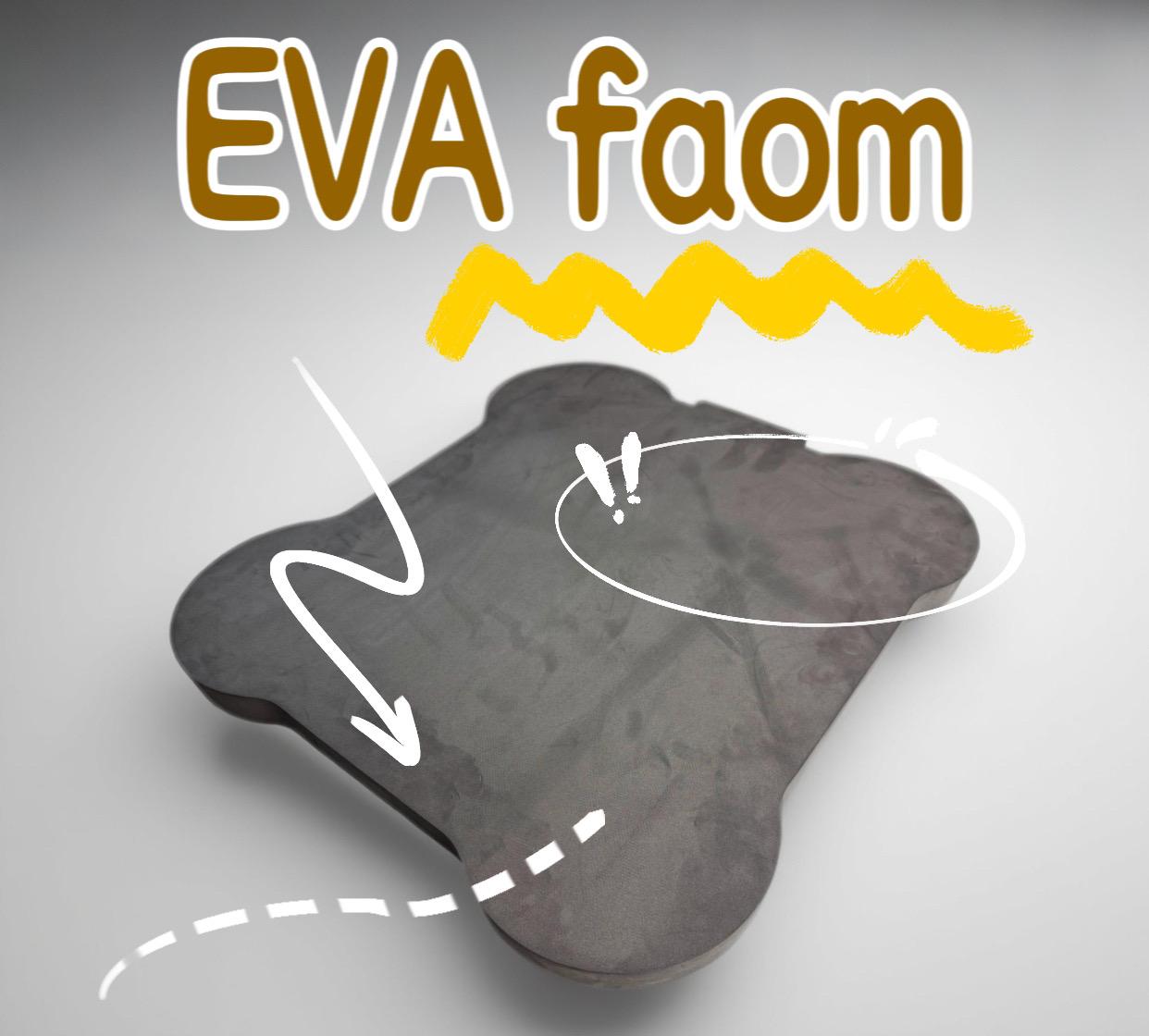Is EVA Foam Rubber or Plastic? Complete Guide 2025
2025-08-19
Table of Contents
- Introduction
- What is EVA Foam?
- Key Properties of EVA Foam
- Is EVA Foam Rubber or Plastic?
- Common Applications of EVA Foam
- Fubo: Leading EVA Foam Manufacturer
- Advantages of EVA Foam
- Challenges and Limitations
- Future of EVA Foam in Industry
- Summary Table
- References
Introduction EVA Foam

EVA foam is one of the most widely used materials in manufacturing today, commonly found in sports gear, packaging, toys, appliances, electronics, and more. A common question arises: Is EVA foam rubber or plastic? Understanding the nature of EVA foam is crucial for industries choosing the right material for cushioning, protection, and design applications.
What is EVA Foam?
EVA stands for Ethylene-Vinyl Acetate. It is a copolymer made by combining ethylene (the base for most plastics) with vinyl acetate. The result is a soft, flexible, and durable material. EVA foam is manufactured by expanding this copolymer into a foam structure with millions of tiny air pockets, giving it excellent cushioning and resilience.
Key Properties of EVA Foam
EVA foam has unique properties that make it versatile:
- Lightweight: EVA foam is lighter than rubber while still providing cushioning.
- Shock Absorption: Protects delicate items and reduces impact in sports gear.
- Flexibility: Retains shape even under stress and bending.
- Water Resistance: Non-porous structure makes it ideal for swimming gear and outdoor use.
- Chemical Resistance: Resistant to oils, solvents, and many household chemicals.
- Temperature Stability: Performs well across a wide range of temperatures.
Is EVA Foam Rubber or Plastic?
This is where confusion arises. EVA foam shares properties with both rubber and plastic, but technically, it is a plastic material.
Why People Think EVA is Rubber:
- It feels soft, flexible, and rubber-like.
- Used in shoes, mats, and sports equipment, similar to rubber products.
- Excellent grip and cushioning, often replacing natural rubber.
Why EVA is Classified as Plastic:
- EVA is derived from ethylene, a key raw material for plastics.
- It is a thermoplastic copolymer, meaning it can be melted and reshaped like plastics.
- Manufacturing involves polymer chemistry similar to plastics rather than natural rubber processing.
Therefore, EVA foam is best described as a plastic-based foam with rubber-like characteristics.
Common Applications of EVA Foam
Due to its hybrid qualities, EVA foam is found in a wide range of industries:
- Sports and Recreation: Yoga mats, swimming boards, protective padding.
- Footwear: Shoe soles, insoles, and comfort cushioning.
- Electronics: Packaging for delicate components.
- Toys: Safe and colorful EVA foam blocks, puzzles, and play mats.
- Automotive: Insulation, sealing, and vibration damping materials.
- Medical: Orthopedic supports, braces, and padding.
Fubo: Leading EVA Foam Manufacturer
Fubo is a professional foam manufacturer based in Xiegang, Dongguan, Guangdong, China. With expertise in producing foam for electronics, appliances, computers, hardware, sports equipment, vacuum cleaners, drones, and LED products, Fubo has become a trusted name in the industry.
Fubo’s Products Include:
- Customized EVA foam inner lining
- EVA foam swimming boards
- EVA toys with numerical letters
- EVA cushioning and protective material
- Soilless culture foam board
Fubo provides buffering, shock absorption, and OEM solutions for industries such as semiconductors and new energy. The company not only delivers high-quality products but also offers complete technical support to help customers with practical applications.
Advantages of EVA Foam
Why do industries prefer EVA foam over rubber or other plastics?
- Cost-Effective: Less expensive to produce than natural rubber.
- Customizable: Can be easily cut, shaped, and molded.
- Safety: Non-toxic and widely used in children’s toys.
- Durability: Withstands long-term use without major degradation.
- Design Flexibility: Available in a variety of colors and densities.
Challenges and Limitations
Despite its benefits, EVA foam has some limitations:
- Not Biodegradable: As a plastic-based material, disposal impacts the environment.
- Lower Heat Resistance: May deform under very high temperatures.
- Limited Strength: Not as strong as certain rubbers or engineering plastics.
Future of EVA Foam in Industry
The demand for EVA foam continues to rise. Future developments include:
- Eco-Friendly EVA: Research into recyclable and biodegradable EVA materials.
- Advanced Applications: Use in renewable energy, drones, and medical devices.
- Global Market Growth: Increasing demand in Europe, North America, and Asia-Pacific.
Summary Table
| Aspect | Details |
|---|---|
| Material Type | Plastic-based copolymer (Ethylene-Vinyl Acetate) |
| Feel & Behavior | Rubber-like flexibility, soft and cushioning |
| Advantages | Lightweight, durable, customizable, cost-effective |
| Applications | Sports gear, footwear, electronics, toys, medical, automotive |
| Manufacturer Example | Fubo – Customized EVA foam products and OEM solutions |
References
- AZoM: Ethylene Vinyl Acetate (EVA) Material Guide
- Omnexus: EVA Plastic Properties
- ScienceDirect: EVA Applications
- Fubo Official Website
